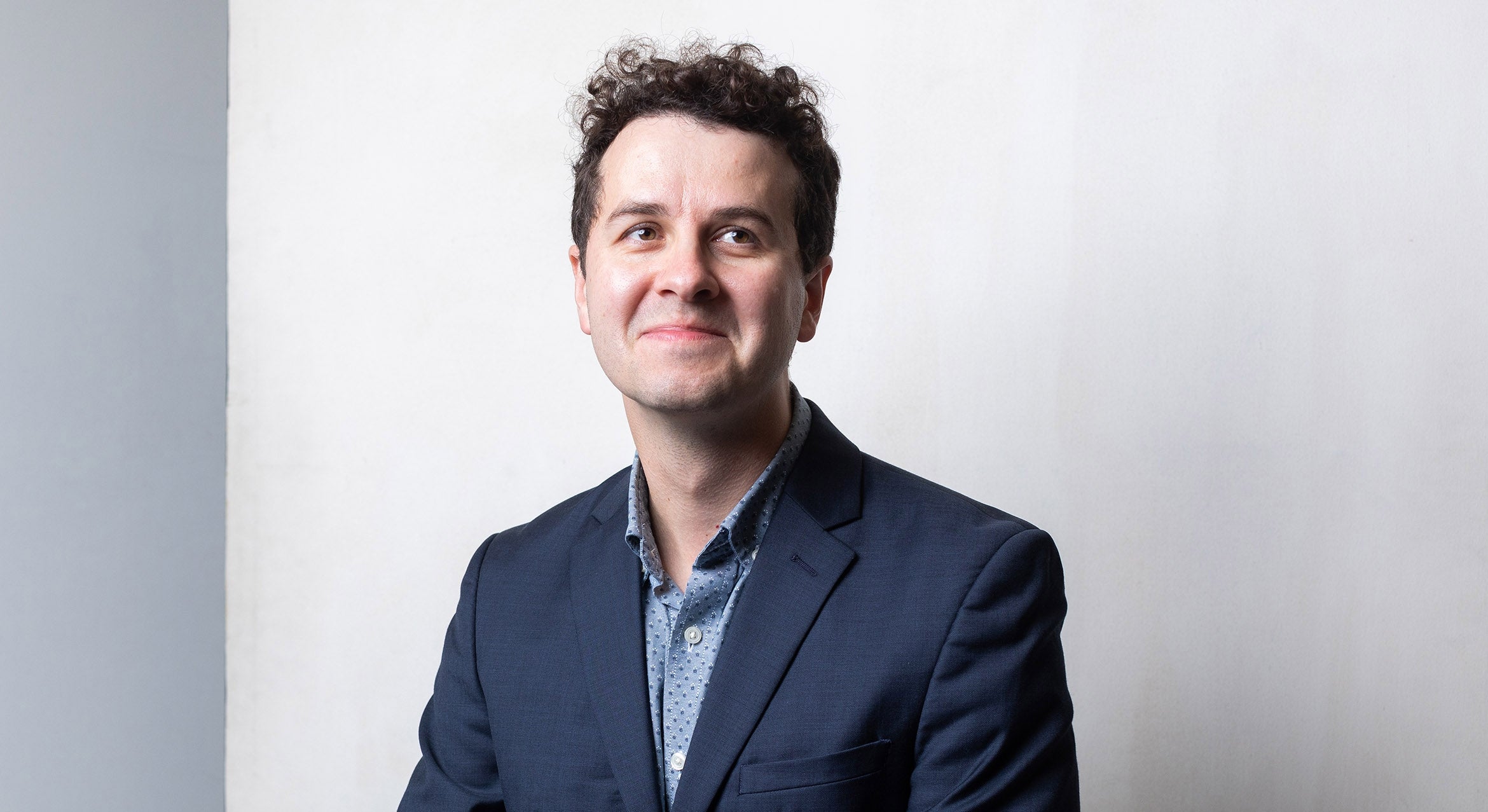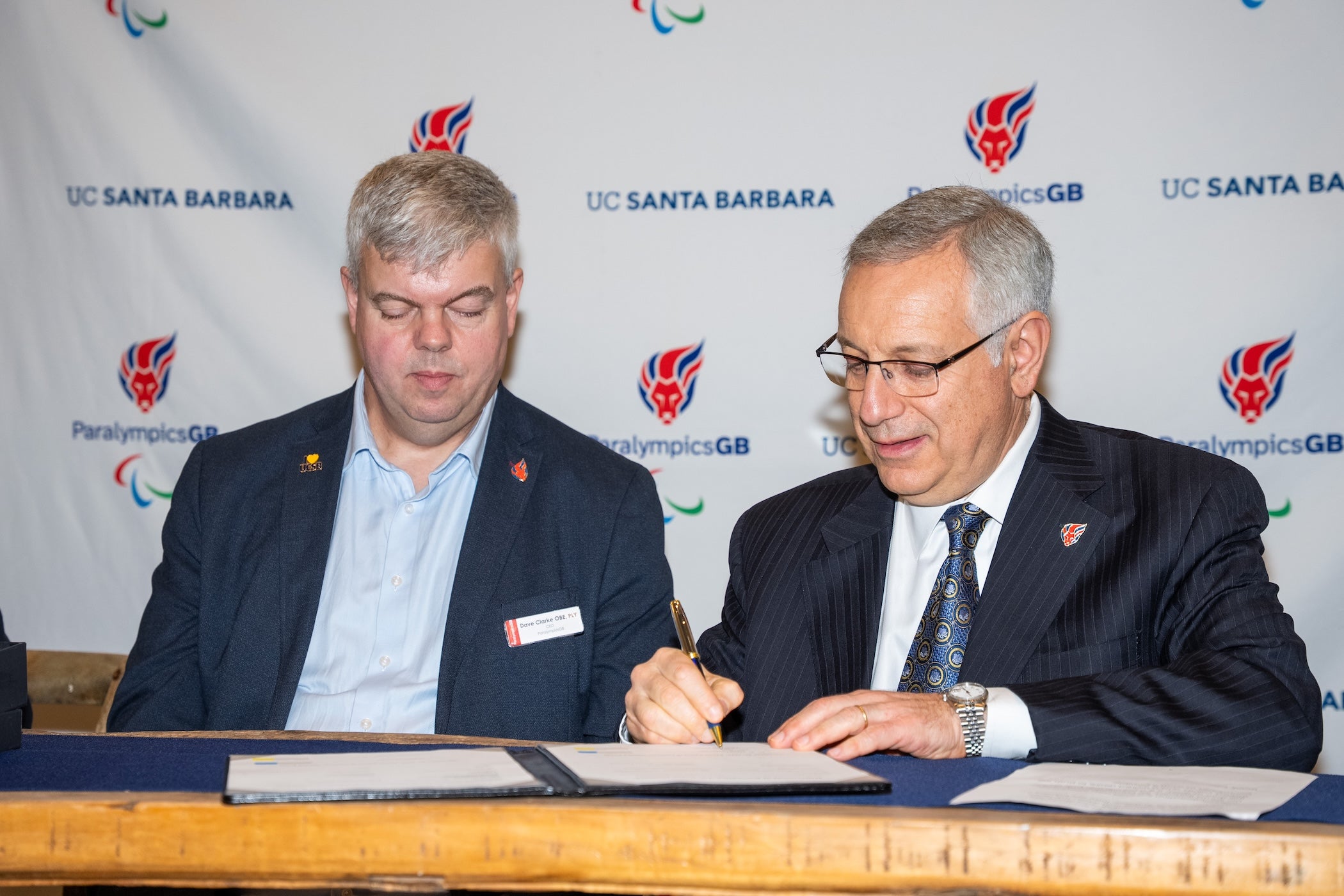
Putting a capstone on the novel endowment initiative they created for UC Santa Barbara, Emeritus Professor Duncan Mellichamp and his wife, Suzanne, have established a third cluster of four faculty chairs at the coastal campus. The clustered Mellichamp Academic Initiative Professorships now number 12, giving UCSB a total of 13 Mellichamp chairs –– the couple endowed a single chair in process control in 2001.
Starting with establishment of the first cluster in 2003, the couple to date has made contributions totaling $6 million to support the chairs meant for outstanding mid-career faculty. Together these comprise the largest gift ever by a UCSB faculty member.
"We extend our heartfelt thanks to Professor Emeritus Duncan Mellichamp and his wife, Suzanne, for this historic gift, which adds yet another dimension to their lasting legacy here at UC Santa Barbara," said Chancellor Henry T. Yang. "This newest cluster of Mellichamp Chairs brings to 13 the number of chairs that Duncan and Suzanne have endowed on our campus. We are humbled and inspired by the Mellichamps' visionary philanthropic commitment, which is made in addition to the immeasurable amount of time, labor, and love they have already contributed to building and advancing our university."
The Mellichamps' uniquely structured gift program sees three coordinated clusters of four chairs apiece turning over every 15 years, on a rolling basis. Every five years, one cluster will be completely refreshed and reallocated to a key emphasis area, as determined by the campus. This innovative approach is the first of its kind in UC history.
Duncan Mellichamp is a founding faculty member in UCSB's chemical engineering department. Over his nearly 40 years as a full-time professor, he helped build the program as it rose from the bottom of the academic rankings to its current position near the top. Though he retired in 2003, he remains an active presence, co-teaching a senior course in plant design and continuing his research in the same area. He is publishing a new research paper this fall –– his first solo effort since 1972.
Suzanne Mellichamp's 30-year elementary teaching career began in Iowa, Indiana, and North Carolina. She earned a master's degree in education from UCSB's Gevirtz Graduate School of Education in 1970 with emphasis in studio art, and she taught elementary and special education in the Santa Barbara School District until 1987. After, she served as a longtime docent for the Santa Barbara Museum of Art, and for the past 20 years has been a board member of Santa Barbara Beautiful.
The pair's mutual devotion to education and passion for philanthropy are what drive them to give back to the university that Duncan Mellichamp describes as "a great place to invest," and "the campus that has done the most with the resources it's been given –– of all the campuses in the UC system –– no question."
"I came here because it's a real campus, a real university, and a real university has to have breadth across the board," he said. "Suzanne and I both feel strongly that these clusters are not to be allocated in one particular area, or that a particular area is favored over others. The goal is to build strengths, and our whole concept grew out of that goal."
The first cluster of Mellichamp chairs is in systems biology –– a melding of molecular biology and systems engineering aimed at understanding biological processes as whole systems rather than separate parts. The cluster will be reallocated in 2018. The globalization cluster crosses the humanities and social science disciplines in its focus on the study of global society, history, and culture; it will refresh in 2023. The just-established third cluster, in an emphasis area to be determined following a campuswide call for proposals, will be place until 2028.
This pattern will continue in perpetuity, offering UCSB researchers in every corner of the campus a potential opportunity to build new programs, grow centers of excellence, and attract major additional resources.
Central to such resources are faculty themselves, Mellichamp said, their collective reputation for innovation and collaboration serving as a draw for industry and philanthropy, as well as for UCSB's core asset –– students. Top faculty attract the best students, who in turn are provided unparalleled research opportunities, often leading to discoveries and advancements that launch products, accelerate careers, and bolster the entire campus.
That's why the Mellichamps set their philanthropic sights on mid-career faculty, stipulating that the chairs be reserved for rising stars, rather than those who have already reached the pinnacle of their careers.
"Most endowed chairs go to distinguished faculty as a sort of reward for becoming distinguished, and I've always thought that's the way to maintain distinction rather than to build it," Mellichamp said. "If you want to build, you bring in people who are on the cusp –– whom you think clearly are destined to become great scholars –– and you attract them while you can benefit from their creativity for years. Those are the people who will make this campus even greater in the future."
Related Links



